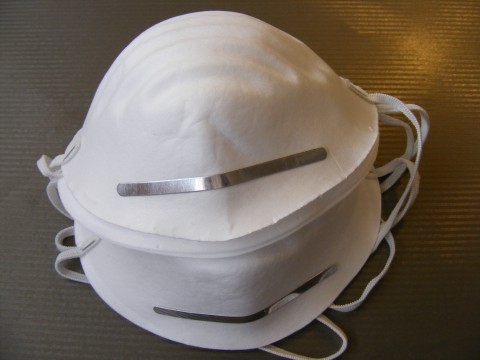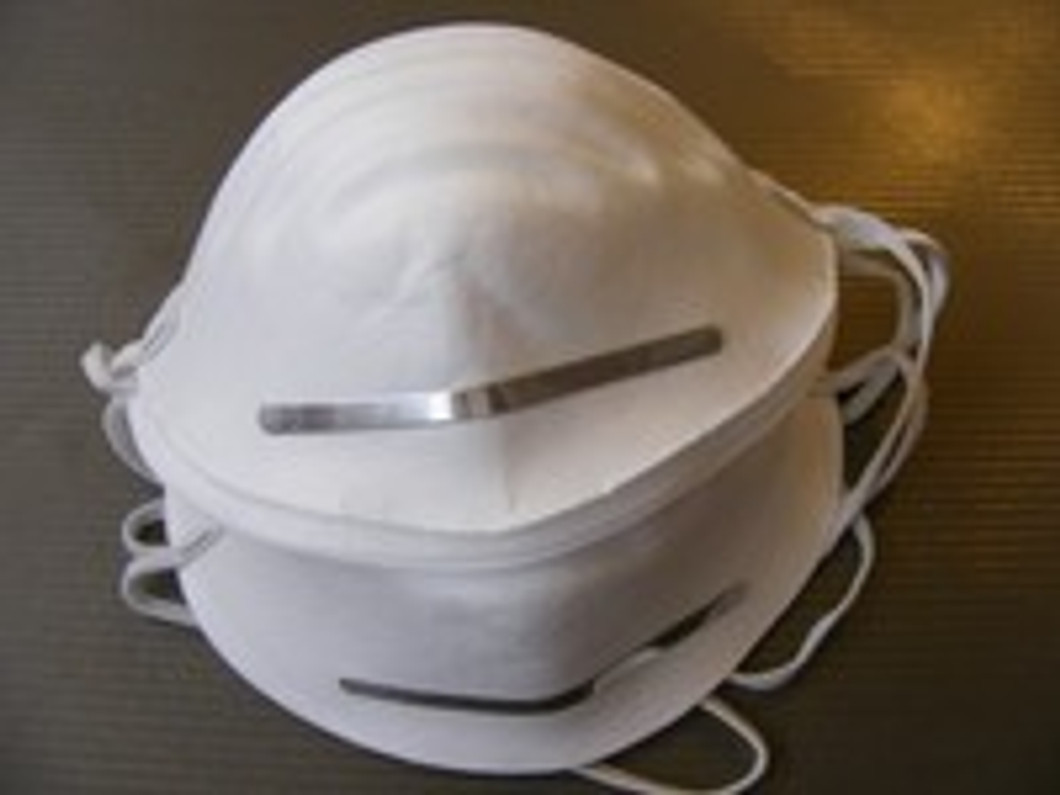Crystalline Silica and Silicosis: What You Should Know

Crystalline silica is one of the most common minerals found on Earth. It's used in wide variety of applications, including glass production, foundries, construction, ceramic, roads, rubber, plastic and more. However, exposure to fine, dust-size particles of crystalline silica can lead to a non-curable respiratory disease known as silicosis.
According to the Occupational Safety and Health Administration (OSHA), nearly 2 million U.S. workers are exposed to crystalline silica, 100,000 of whom have "high-risk" jobs involving this mineral dust. This mineral isn't necessarily toxic or dangerous in its natural state -- only when it's ground into extremely fine respirable particles.
Health officials have classified crystalline silica as a human carcinogen, meaning it's known to cause or contribute to the formation of cancerous cells in humans. This isn't the only problem associated with crystalline silica, however. When a worker constantly breathes in crystalline silica day after day, he or she is susceptible to the respiratory disease silicosis.
Silicosis occurs when crystalline silica enters the lungs, causing the formation of scar tissue. Small amounts of scar tissue shouldn't cause any major problems, but excessive amounts -- which is common in severe cases of exposure -- will inhibit the lungs' ability to absorb oxygen. This makes the individual prone to developing lung infectious like tuberculosis. The key to preventing silicosis is to reduce exposure to dust-sized particles of crystalline silica.
So, how can you protect yourself from the dangers of crystalline silica exposure? See below for a list of exposure-reduction tips:
- In working environments where respirators are required, workers should only wear a N95 NIOSH-certified respirator.
- Companies should consider replacing crystalline silica with alternative materials to reduce the risk of silicosis and other respiratory illness in workers.
- Workplaces in which crystalline silica is used and/or handled should be well ventilated to mitigate risk.
- When drilling, sawing or otherwise cutting into crystalline silica, water should be used to control dust.
- Employers should monitor the health of workers handling crystalline silica.
- Workers should be trained on how to handle crystalline silica.
- Personal protective equipment (PPE) should be worn by all workers who handle crystalline silica.
- OSHA states that workers should not eat, drink or apply skincare/cosmetic products in environments in which crystalline silica is used.
Recent Posts
-
Fire Safety in the Workplace: What You Need to Know
What steps are you taking to prevent fires in your workplace? According to the U.S. Occupational Saf …Aug 23rd 2023 -
Is It Safe to Go Jogging With a Cold Infection?
If you're suffering from a cold infection, you might be wondering whether it's safe to go jogging. T …Aug 22nd 2023 -
5 Safety Tips to Follow When Using a Powder-Actuated Tool
Powder-actuated tools are commonly used to join materials to steel and concrete. Also known as Hilti …Aug 20th 2023




